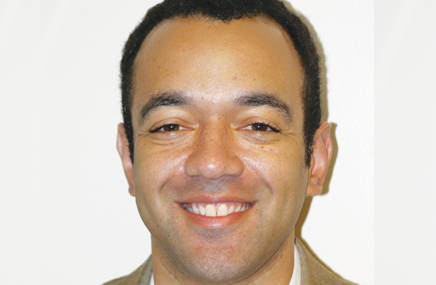Imagine you are a physician, and you are concerned about the forthcoming public visibility that will be driven by the Sunshine Act. In the past, you worked with manufacturers on early-stage compounds to assist in the drug development process. Primarily, this was done via participating in a live, weekend advisory board, where you received a total of $1,000 in honorarium for your time.
As part of the Sunshine Act, $1,000 gets reported as your level of involvement, right? Wrong. Add $1,000 in airfare expenses, $200 in meals, and $500 in hotel fees and a $1,000 interaction with a drug company is now being publicly recorded as receiving $2,700 per meeting— almost three times the actual compensation you received.
It is a flaw in the Sunshine Act that it considers non-direct compensation as something to report. It is perhaps easy to conclude that this is not in fact a flaw—it is an intended consequence of the Act—one intended to curtail interaction between MDs and manufacturers..
As a result of this, manufacturers are seeing increasing difficulty in recruiting thought-leading healthcare professionals to participate in various forms of collaboration, and this trend can only get worse as the Sunshine Act begins to take affect.
The logistics-related costs inherent in face-to-face advisory board meetings help no one—not the manufacturer, nor the thought leader. Addressing this issue are a new wave of companies that have developed extensive, secure digital collaboration platforms that allow for advisory board sessions to be conducted online. These solutions allow the thought leader to engage from the privacy of their own office—bringing the $1,000 intended honorarium back to an actual $1,000 disclosure of the financial interaction with the manufacturer per the Sunshine Act.
But will these digital environments provide the same quality as a face-to-face meeting? In a recent post-advisory board survey at a Top 5 manufacturer, 83% percent of participants preferred the digital advisory board vs. a traditional live meeting. Why? It was cited as more convenient because the participants were able to avoid travel, and they could participate over the course of a week instead of jamming everything into a two-day marathon. It also afforded more considered, concrete feedback, which HCPs often prefer.
The future will tell—but it seems as though continued advances in digital collaboration may begin to alter the way in which manufacturers collaborate with HCPs in the future.
From the December 01, 2011 Issue of MM+M - Medical Marketing and Media







